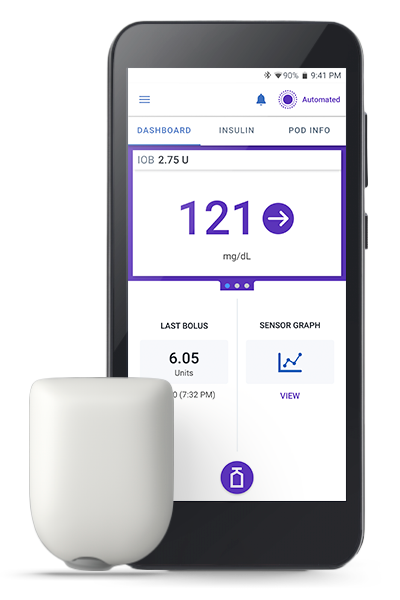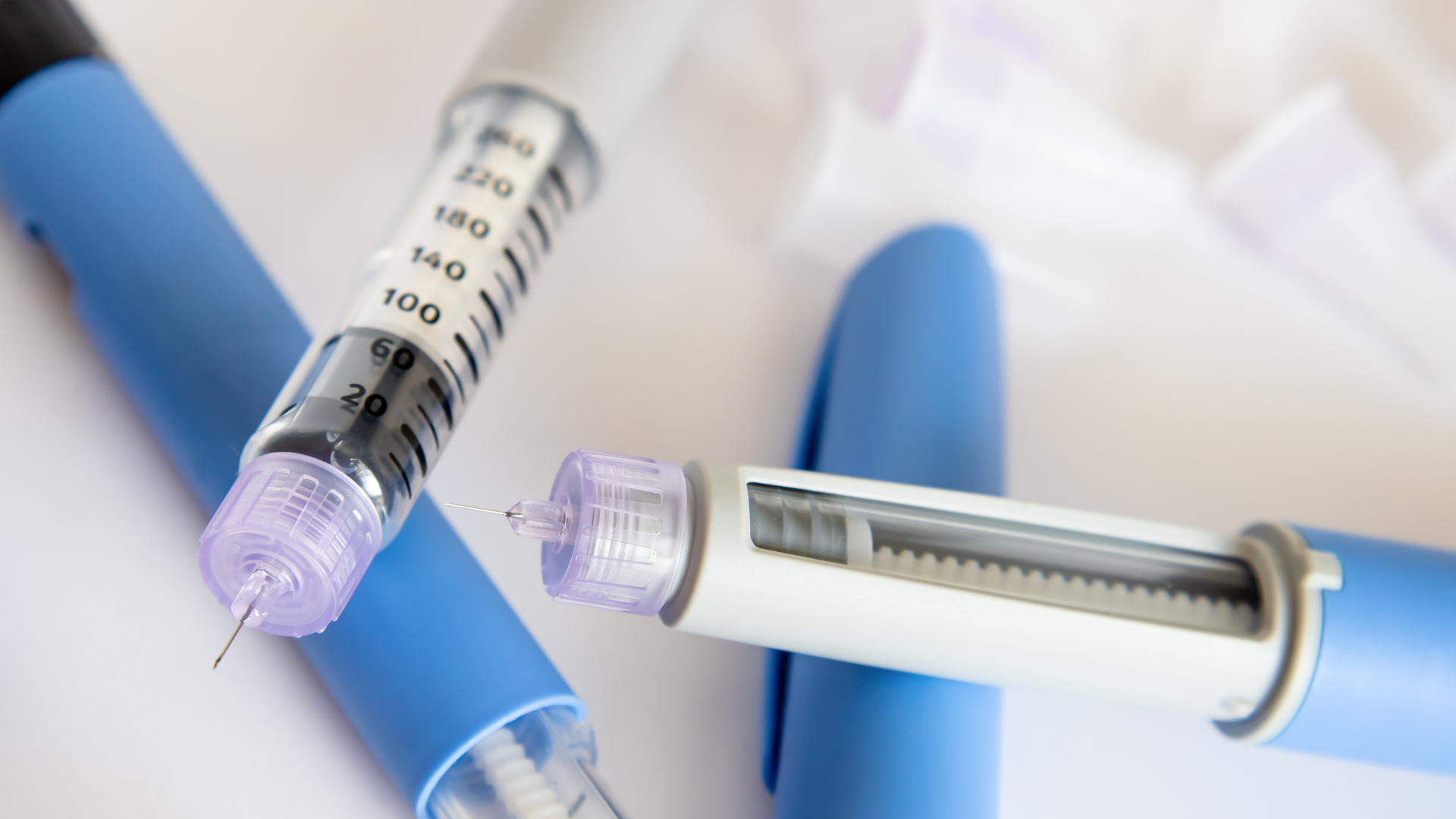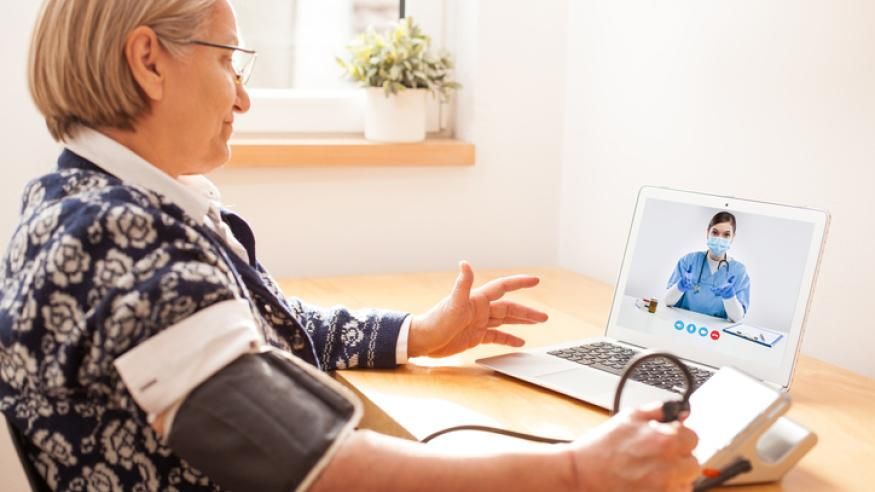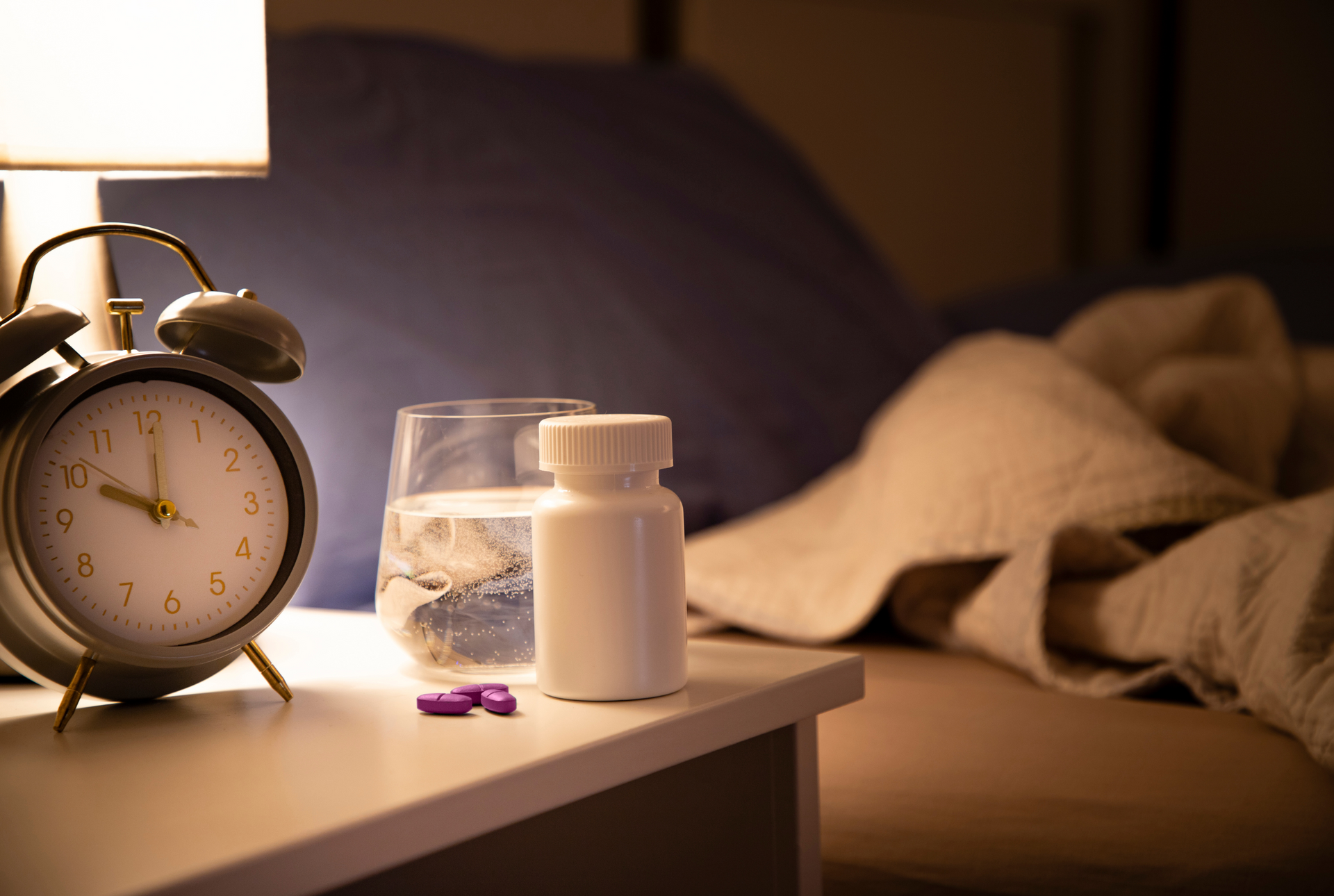Omnipod 5: How It Works, Features, and the Latest Updates

Key takeaways:
- The Omnipod 5 automated insulin delivery system includes a tubeless insulin pump, Dexcom continuous glucose monitor, and an app that works on a controller or some Android smartphones.
- Existing Omnipod 5 users can now use the Dexcom G7.
- The latest: The system has now been FDA cleared for use in type 2 diabetes in addition to people with type 1 diabetes aged 2 and up; this makes Omnipod 5 the very first AID system for people with type 2 diabetes on insulin.
The FDA has cleared Insulet’s Omnipod 5 Automated Insulin Delivery System for use in people with type 2 diabetes on insulin therapy. With this new authorization, the tubeless Omnipod 5 becomes the first ever AID system available for diabetes management in those with type 2 diabetes.
“Omnipod 5 is setting a new standard in diabetes management, and we are thrilled with the opportunity to make a lasting impact on the insulin-requiring type 2 diabetes community,” Jim Hollingshead, Insulet’s president and CEO, said in a statement.
Following impressive data from its SECURE-T2D clinical trial, Insulet filed a request for this indication earlier this summer. SECURE-T2D, which was presented at ADA this year, demonstrated that compared to prior insulin therapy methods in adults with type 2, Omnipod 5 use resulted in significant reductions in A1C, time above range, and total daily insulin dose, as well as an improvement in time in range and reduction in diabetes distress.
What is the Omnipod 5?
The Omnipod 5 consists of three components:
- The pod: A tubeless, wearable insulin pump with the AID algorithm embedded into it. The pod can be worn for up to three days and can hold 200 units of rapid acting insulin.
- A Dexcom G6 or G7 continuous glucose monitor (CGM).
- The Omnipod 5 mobile app, which comes pre-downloaded on a controller provided by Insulet or can be downloaded onto a compatible Android smartphone. The Omnipod 5 app allows the user to have full smartphone control over both basal and bolus rates for the system.
All AID systems require an algorithm that allows the CGM and insulin pump to talk to one another to adjust insulin doses based on a person’s glucose levels. With the Omnipod 5, the algorithm – called SmartAdjust – is embedded into the pod itself.
Because the pod contains the software that drives the AID system, users can continue in automated mode even if the smartphone or the controller is not within range or loses battery charge.
“SmartAdjust technology automatically increases, decreases, or pauses insulin delivery every five minutes using a customizable glucose target. This helps to protect against highs and lows and keep glucose in range, even while sleeping,” said Angela Wiczek, senior director of corporate communications at Insulet.
Users can customize their glucose target in 10 mg/dL intervals from 110 to 150 mg/dL. The system's algorithm takes into account the amount of insulin on board (insulin that is still active in your body from previous bolus doses) when making these adjustments.
Omnipod 5 operating modes
The Omnipod 5 system operates in several modes:
- Automated mode: Adjusts insulin delivery automatically and requires a CGM connection.
- Manual mode: Delivers insulin at pre-programmed rates regardless of whether the CGM is connected.
- Activity mode: Allows the user to temporarily set the glucose target for 150 mg/dL and suspend insulin delivery. This mode is designed for exercising or other periods of increased insulin sensitivity or when there is a higher risk for hypoglycemia.
The CGM and pod are connected via Bluetooth. The SmartAdjust algorithm runs from the pod, so even if the controller or your phone runs out of power (or the device is too far away to connect), the system can still run in automated mode.

How much does the Omnipod 5 cost?
Many health insurance providers cover the Omnipod 5. Out-of-pocket costs vary depending on an individual’s insurance coverage, but the majority of Omnipod 5 customers pay $50 or less per month.
Without insurance, you can expect to pay around $600 for the Omnipod 5. The Omnipod 5 app (on the provided controller or as a smartphone app) is provided at no additional cost. To check your insurance coverage, visit the Omnipod site.
Coming features for the Omnipod 5
A recent software update for existing Omnipod 5 users now allows for integration of Dexcom’s latest CGM, the G7. The system also integrates with the Dexcom G6. The Omnipod 5 also offers integration with the Abbott Freestyle Libre 2 in the U.K. and the Netherlands. Insulet is currently developing a version of the Omnipod 5 app for the iPhone that will work with the Dexcom G7.
Healthy Bites















